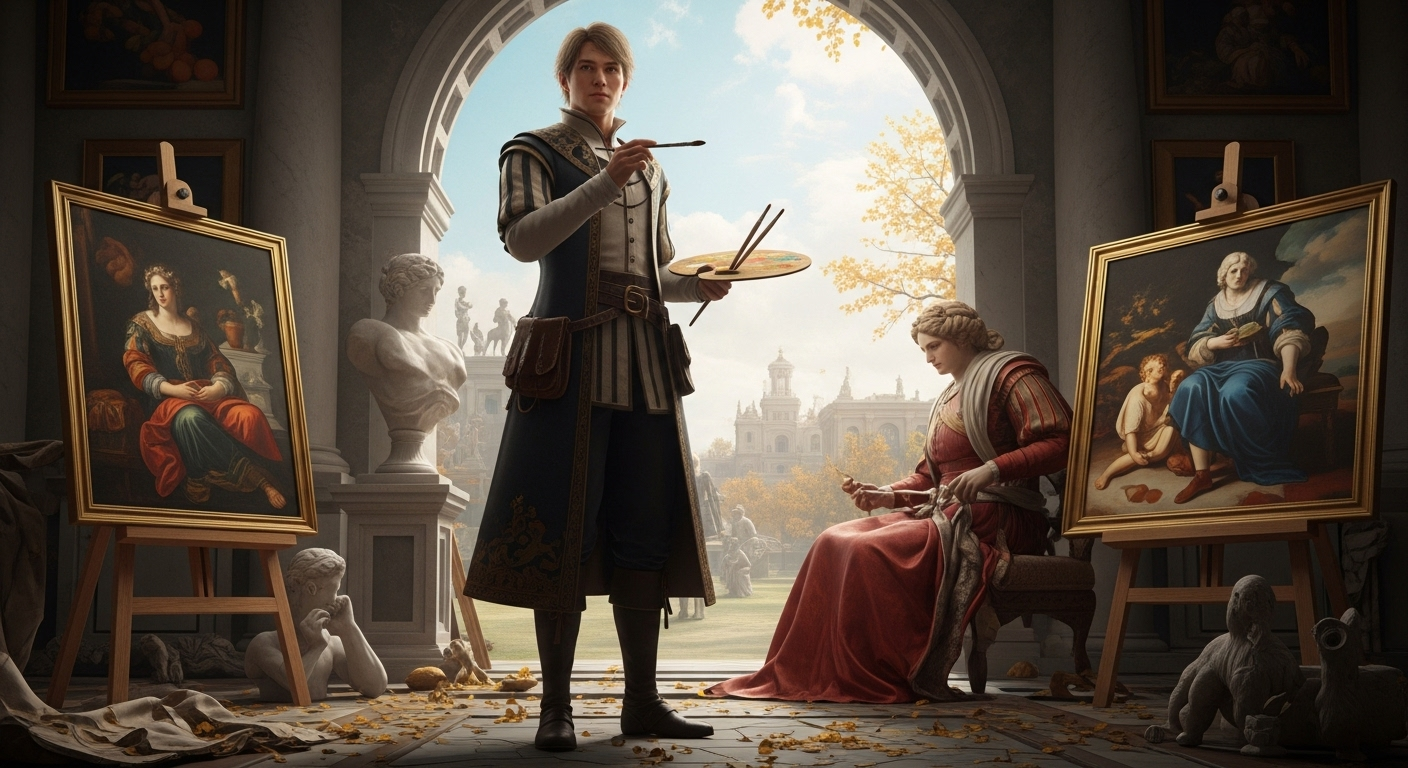From Canvas to Console: The Convergence of Fine Art and Video Games
Video games, once dismissed as mere child's play, are now recognized as a potent form of art. In this digital age where boundaries between various art forms are dissolving, video games have emerged as a unique artistic medium that combines visual art, music, narrative, and interactivity. This article explores the convergence of fine art and video games, tracing its evolution, unfolding the current scenario, and forecasting future trends.

The Genesis of an Unlikely Alliance
The discourse around video games as an art form is not new. Historically, game developers have often borrowed elements from traditional art disciplines to enhance the aesthetic appeal and immersive nature of their creations. Early video games like ‘Pong’ and ‘Space Invaders,’ while rudimentary in design, hinted at a nascent synergy between art and gaming. The 90s brought more complex narratives and improved graphics, leading to a richer visual experience akin to animated films. However, it was the advent of games like ‘Myst’ and ‘Final Fantasy’ that truly pushed the boundaries, incorporating intricate artwork and compelling storytelling that rivaled cinematic experiences.
The Contemporary Canvas: Art in Video Games Today
Today, the artistry in video games is undeniable. Take, for instance, ‘Journey,’ a game that is essentially a moving painting, with its mesmerizing landscapes and ethereal music. Games like ‘The Last of Us’ and ‘Red Dead Redemption II’ offer detailed, realistic graphics that create a cinematic experience, blurring the line between game and movie. Even indie games like ‘Cuphead’ and ‘Gris’ have garnered praise for their unique, hand-drawn art styles.
The Impact: Redefining Art and Entertainment
The infusion of fine art into video games has not only elevated the medium’s aesthetic appeal but also enriched the gaming experience. This convergence has also sparked intriguing debates in the art world about interactivity, authorship, and audience engagement in the digital age. Moreover, it has led to the inclusion of video games in prestigious cultural institutions like the Museum of Modern Art in New York and the Victoria and Albert Museum in London, further cementing their status as legitimate art forms.
Future Perspectives: The Next Level of Art and Gaming
The future holds immense potential for the amalgamation of fine art and video games. Virtual and augmented reality technologies are poised to redefine the gaming landscape, offering even more immersive and visually stunning experiences. Meanwhile, the rise of independent developers and the democratization of game development tools present exciting opportunities for diverse artistic voices to be heard.
In conclusion, it’s clear that the convergence of fine art and video games is a fascinating, evolving phenomenon. As we continue to explore this dynamic intersection, one thing is certain: video games have earned their place in the pantheon of art. They push the boundaries of traditional art forms, challenge our perceptions of interactivity, and offer us a whole new way to engage with and appreciate art.




